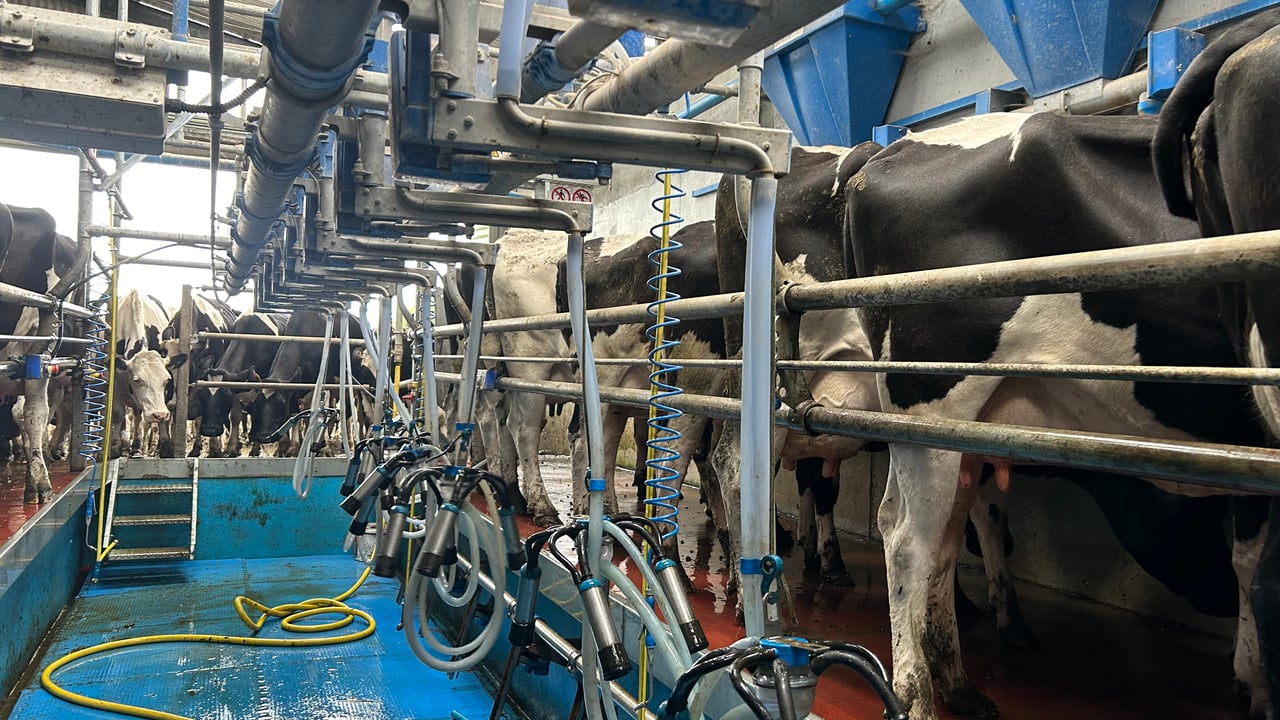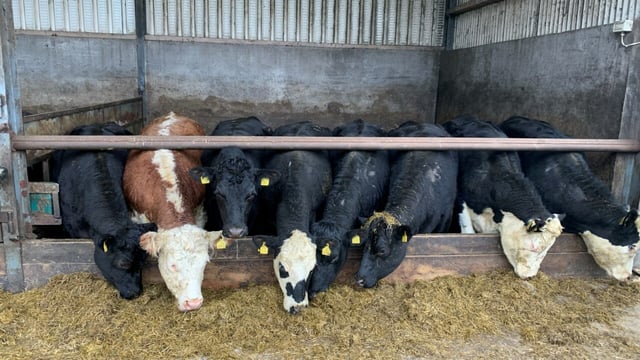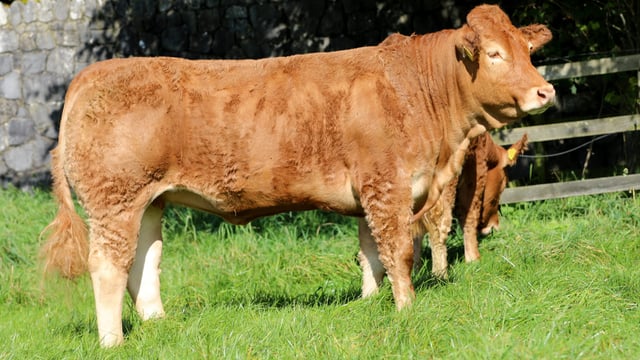Once-a-day milking during early lactation this spring
Once-a-day milking in early lactation can prove to be very successful in reducing the workload for farmers and staff during the busy spring calving period.
While many farmers use once-a-day (OAD) milking for a couple of weeks when only a small number of cows have calved, should they be implementing it for the whole calving season to relieve pressure?
OAD milking will mean there is less time spent in the parlour, will reduce staff pressure and improve stock health and subsequently, improve reproduction.
For farmers who are finding it difficult to attract staff to the farm this spring or are under pressure to get through the work with the staff on the farm, OAD milking might be an option to make the farm a more attractive place to work.
A study from Teagasc, Moorepark shows that initially there is a 20% reduction in yield, but when cows switched back to twice-a-day (TAD), yields recover quite quickly.
The study showed that by week 35 of the lactation there was only a 2% difference in yield between cows that go for four weeks of OAD and those that were milked TAD for the full year.
The 2% of the difference in yield may seem like a lot for the full lactation, but considering the time OAD might save the farmer and the costs of labour saved could prove to be instrumental.
Also, at farm level there should be no difference in yield from three to four weeks of OAD as unlike the experiment in Moorepark, not all cows will be on OAD for four weeks.
An increase in somatic cell count (SCC) is one of the main reasons farmers sway away from OAD milking in the early lactation.
Farmers who have an SCC of over 200,000cell/ml, OAD milking is not advised and milk recordings should be analysed from last year to see if the practice is worth trying this spring.
The questions you should ask yourself are as follows:
- Are you looking for a better work/life balance or find milking physically challenging?;
- Do you find it difficult to attract/retain suitable staff?;
- Are you meeting industry targets for reproductive performance?;
- How would you use the time you save by OAD milking?;
- Would OAD milking avoid capital expenditure to expand the dairy infrastructure?;
- Can you afford for your bulk milk SCC to increase by 20,000 – 40,000celss/ml?;
- Can your business sustain at least one season of reduced milk soilds/cow?
The genetic make-up of your herd will have to be considered, as a real high producing Holstein Friesian cow would probably not suit OAD milking.
If OAD is not suitable in the early lactation, a 10 in seven milking routine might be a better option just to help reduce the workload.





